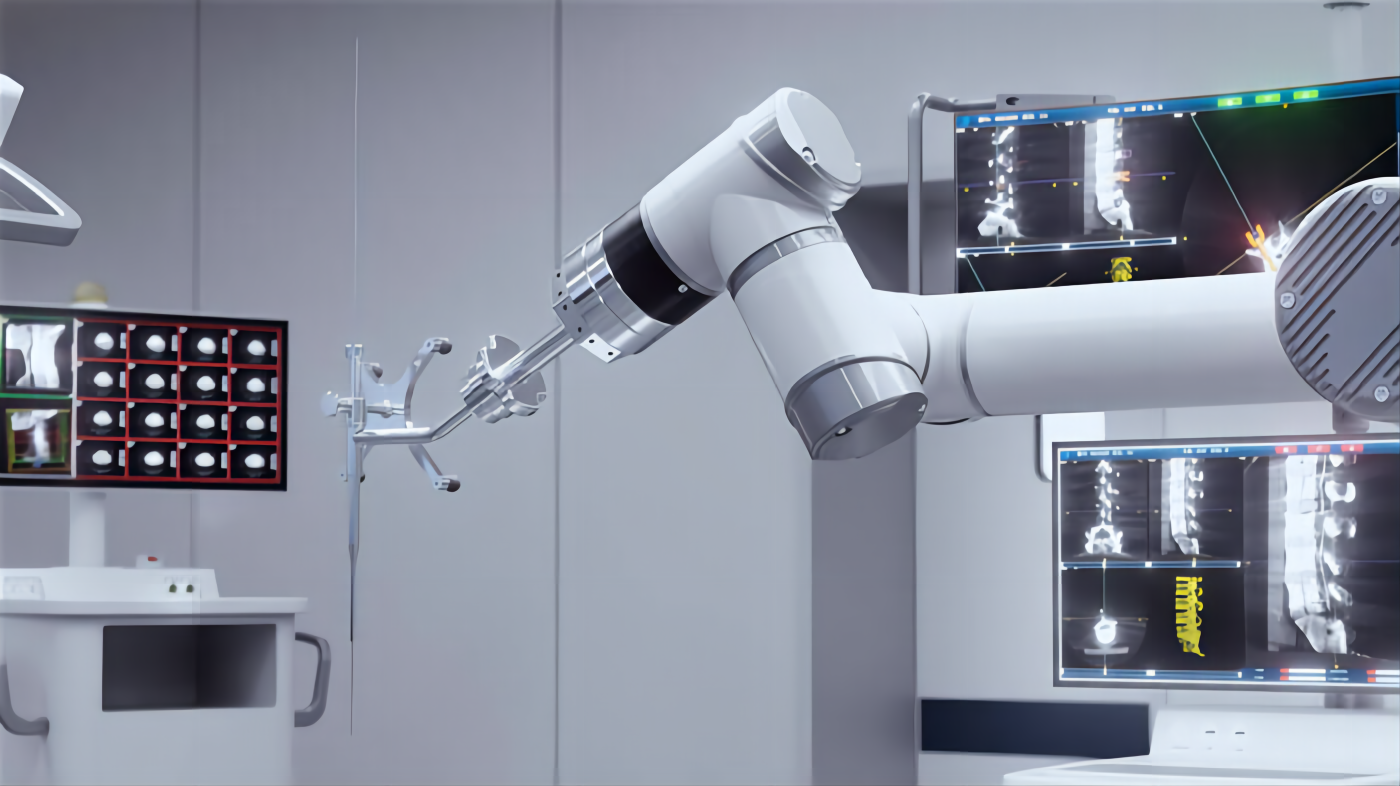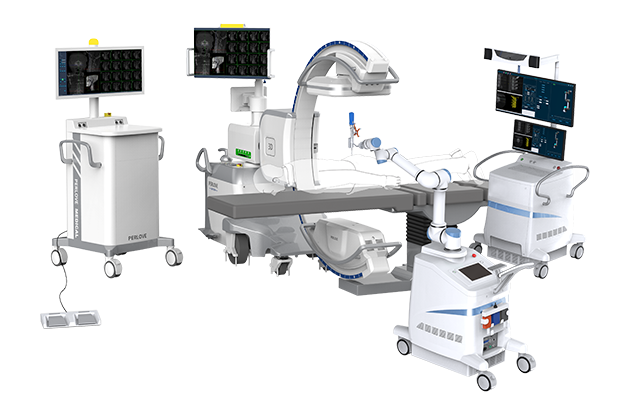News
2022-09-19 16:57:57 Views:1135
Past and Future | What are the trends in the surgical robotics industry?
Currently, with the rapid penetration of artificial intelligence, the Internet of Things and other new technologies, healthcare is being fully integrated with robotics, leading a major change in surgical technology. The surgical robotics industry is seeing rapid development, with a hot track and a lot of capital. Surgical robots, i.e., surgeons are able to control remotely and precisely operate surgical instruments that enter the patient's body through tiny incisions, thus assisting surgeons in minimally invasive surgeries with precision operating robots.
What are the trends in the surgical robotics industry?

Looking back at the history of surgical robots, surgical robotics has rapidly evolved in clinical applications, moving rapidly toward more areas and creating a new era of clinical surgery.
From humanoid robots to surgical robots
The history of surgical robots goes back more than 500 years to the Italian Renaissance painter, scientist and inventor Leonardo da Vinci, who used his knowledge of anatomy and mechanics to design the first humanoid robot in human history. 500 years later, Intuitive Surgical named its own robotic system after Leonardo da Vinci in honor of his contribution to this technology.
Surgery with industrial robots
The time came in 1985 when doctors at Los Angeles Hospital used the industrial robot Puma 560 to complete a robot-assisted positioning neurosurgical brain biopsy, the first robotic surgery in the history of surgery, but in fact, the Puma 560 was not a dedicated surgical robot, it was actually an articulated arm industrial robot. It was a groundbreaking start to the first use of robotics in medical surgery. Unfortunately, the company that manufactured the robot at the time banned it from being used in surgery for safety reasons.
Specialized surgical robot born
It was not until the 1980s and early 1990s that surgical robots specifically for surgery were invented. In 1986, the Thomas J. Watson Research Center of IBM and the University of California collaborated to develop and establish Integrated Surgical Systems in 1992, launching the first FDA-approved surgical The robot can perform total hip replacement, hip replacement and repair, and knee replacement, etc. During hip replacement surgery, it can adjust the femur with 96% accuracy, compared to 75% accuracy manually.
A robot that can perform minimally invasive surgery is born
In 1994, Computer Motion developed the first endoscopic surgical system for assisting minimally invasive surgery, which was the first true surgical robot named the Aesop System. Then Computer Motion developed the classic master-slave surgical robot system, the Zeus system, on the basis of the Iso system. Domestic hospitals in China are not very unfamiliar with the Aesop robot, as many hospitals have performed Aesop surgery.
Da Vinci" is born
In 1999, Intuitive Surgical Inc. launched the da Vinci Surgical Robot System, which received CE market approval in Europe and FDA approval in 2000. The system was early used to treat prostate cancer and has been increasingly used for heart valve repair and gynecological surgery. After several generations of upgrades, the da Vinci Surgical System is still the popular lumpectomy robot worldwide.
Since the 2010s, surgical robots for procedures other than lumpectomy have also started to emerge rapidly, such as surgical robots for spine, joint replacement and panvascular surgery. In the future, with the advancement of artificial intelligence, human-machine interaction technology and 5G communication, surgical robots are expected to expand to more surgical specialties and achieve higher surgical accuracy, sensitivity and intelligent remote control.

In June 2022, its self-developed PL300B orthopedic surgery robot was officially approved by NMPA for marketing. The double guarantee of "3D image + intelligent navigation" helps minimally invasive orthopedic surgery!
Perlove Medical orthopedic surgery robot with 3D C-arm (with independent core intellectual property rights), with the help of integrated adaptive alignment technology, realizes automatic alignment and registration, through preset parameters and intelligent algorithms, automatically establishes the association of three coordinate systems: optical position meter, patient and image. The system is more compatible, the information matching is more comprehensive, and the alignment process is more convenient and efficient.
Chat with us!
-
Perlove Medical’s High-End C-arm Installed at Shanghai Seventh People’s Hospital
Read More » -
Orthopedic surgical robot assists in sacral nerve stimulator implantation.
Read More » -
A Powerful Tool in Common Bile Duct Stone Removal Surgery — The Mobile Flat-Panel C-Arm For Intervention
Read More » -
Perlove Medical @CAOS 2025 | Intelligent Imaging for Precision
Read More » -
What Are the Clinical Advantages of the C-Arm Design in Medical X-Ray Systems?
Read More » -
Multilevel Vertebral Compression Fractures With Vertebral Deformities: How Can Surgical Robots Break Through the Challenge?
Read More »





